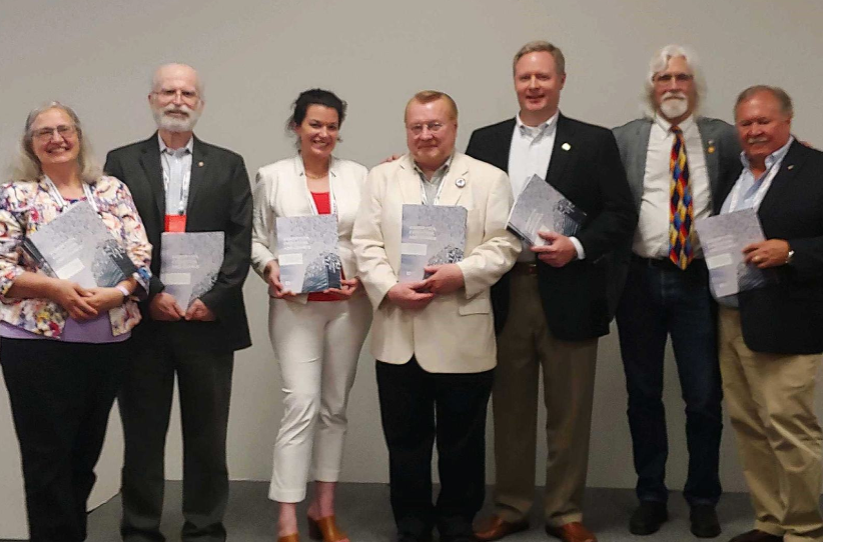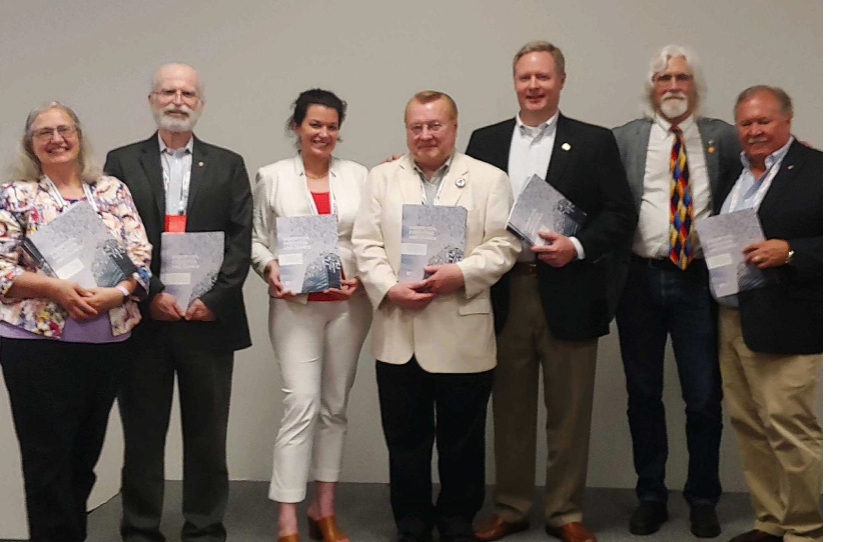Burnham's Christopher Chwedyk Contributes to New AIA Guidelines for Healthier, Resilient Building Codes

Posted by Valeria Macias

Before an individual can legally be called an architect, they must be licensed to practice the profession. Once they do, they may certify to their clients and community that the designs, drawings and specifications they produce will protect the health, safety, and welfare (HSW) of those who live and work in the built environment. Building officials using legislative regulation commonly referred to as building codes address routine safety issues architects follow to safeguard building occupants from hazards such as fire and collapse, while providing minimum standards for adequate ventilation and thermal comfort. This relationship between the architect, building codes and standards, enforcement, and building performance outcomes has not significantly changed in more than 100 years.
However, today we observe a rapidly changing world that is not properly reflected in what it means to protect HSW. The “devastating effects of climate change throughout the world, growing social inequity, and human health crises demand the definition of HSW now focus on and include the growing bodies of knowledge in resilience, equitable design, and advanced building performance.” This holistic definition of HSW incorporates and embraces additional areas of need and concern to protect human life and the natural environment now and in the future.

That is the essential finding of a new American Institute of Architects (AIA) report “Disruption, Evolution, and Change”, which calls on architects, policy makers and construction industry partners to adopt sweeping new resiliency and sustainability codes that would protect not only today’s building inhabitants but future generations. The AIA’s Codes and Standards 2018 chair, Christopher Chwedyk, and a Blue Ribbon Panel handpicked and chaired by Dave Collins, including Jim Dinegar (facilitator), Gary Dempster, Rosemarie Grant, Maureen Guttman, Anica Landreneau, RK Stewart and Ryan Taylor, have envisioned a future “where AIA architects have demonstrated knowledge and understanding of holistic HSW and the appropriate tools to apply that knowledge and advise their clients on project options that exceed the minimum requirements of model building codes and standards.”

Staff shortages in jurisdictions across the country has forced local governments to rely on outside plan reviewers, who are most often not architects and do not possess architects’ specialized expertise. Today’s marketplace has opportunities for architects to assume these roles, engaging in peer reviews and promoting their enhanced knowledge. By filling this gap, architects would collectively take responsibility for code compliance as a profession, as they already do as individuals, while taking advantage of opportunities for valuable work in the void that is growing in code enforcement.
Raising expectations for HSW means greater promotion of sustainable and durable design solutions that enable the best possible environments to support holistic HSW for building occupants and the natural environment alike. The report recommends advancing codes to outcome-based and performance standards, as well as widespread adoption of transparency and benchmarking policies. The report also offers a proposed timeline defining what must be accomplished in five-year increments, outlining the actions and decisions that need to successfully translate to architectural practice based on high-performance design.
For more information, download a copy of “Distribution, Evolution, and Change.”




